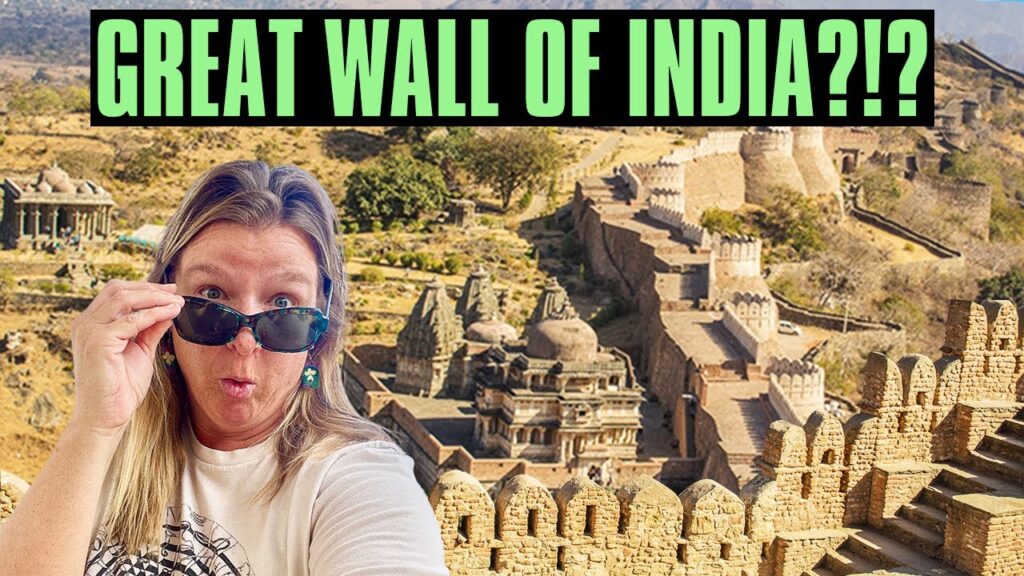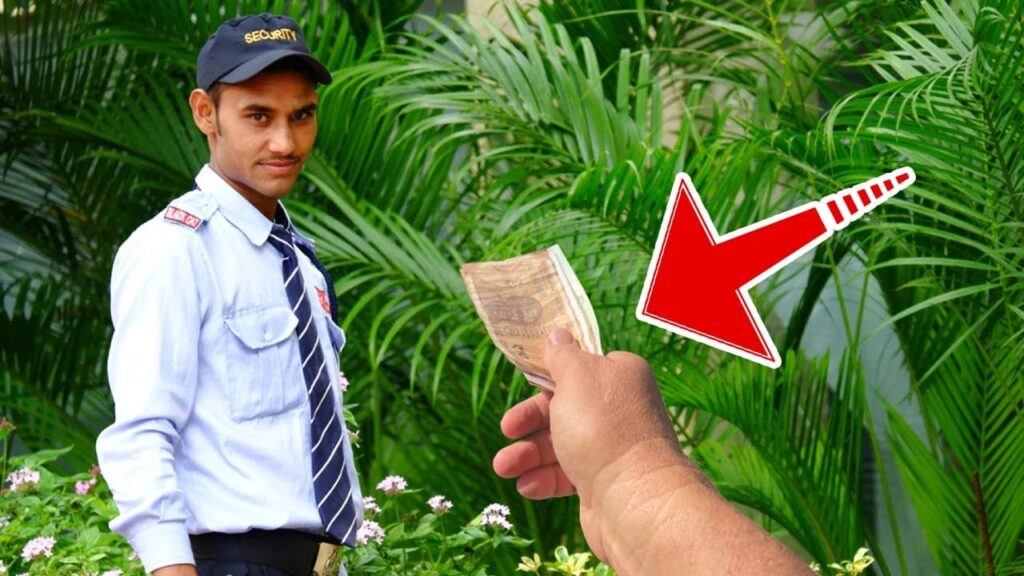Top Things Sedona Arizona (2018)
Hey you guys! Thanks for joining me on another journey. This week, I am still in Sedona, Arizona. We decided to check out the ancient ruins about 15 miles west of Sedona in the Coconino Forest, called the Honanki Heritage Site. Fortunately, my National Parks pass covered the fee. If you don’t have one of those, you can purchase a Red Rock Pass for your vehicle. They are open 9:30am-3:00pm daily. Be sure to call ahead to reserve your position in a group, as they only take so many people through at a time. Keep in mind that they do not recommend passenger cars on the gravel road to the ruins. It is a fairly short walk on the path to the cliff overhang that contains pictographs and petroglyphs of the Sinagua Indians created from 1100 to 1400 AD. We enjoyed learning what the very informative volunteer had to share with our group. He even did a version of “show and tell” with various artifacts from all those many years ago. That was very cool to see a miniature corn cob, pottery pieces, an arrowhead and even a glass-like rock. Honanki, which means “bear house,” is believed to have been one of the largest Sinagua communities in the Verde Valley. The Honanki ruins housed three separate cultures at different times in history. The Sinagua, Yavapai, and Apache Indians all resided in these ruins over the past seven centuries. The ruins are remarkably preserved and still an active archeological dig site. The red rock canyons became areas of intensive occupation with the construction of cliff dwellings. The Sinagua lived here from about A.D. 1100 to 1300. This period of Southern Sinagua prehistory is called the “Honanki Phase.” Honanki contains a more extensive set of ruins than Palatki. It represents one of the largest population centers in the Verde Valley. There were more than 60 ground floor rooms. There was another whole row of rooms in front of what is visible today, which would bring the total to 72 rooms, with various phases of construction and abandonment. The Sinagua abandoned the site around 1300 A.D., about 50 years after they left Palatki. The rooms at the east end were all destroyed simultaneously in a fire. The rooms were disassembled and stones were used in the construction of new rooms elsewhere on the site, judging by burn-marked stones. There were at least three phases of construction in the alcove. After enjoying the ruins, we walked over to check out the significant amount of rock art at the site. The volunteer over there was very informative as he explained the various forms spanning thousands of years. The rock art was done by the Sinagua and the Yavapai. We even learned that graffiti over approximately 75 years old is now considered part of history and preserved along with the other ancient drawings. What a fantastic opportunity it was to experience history like that! If you are going to or through Sedona, Arizona, I definitely recommend you check out the Honanki Heritage Site.








